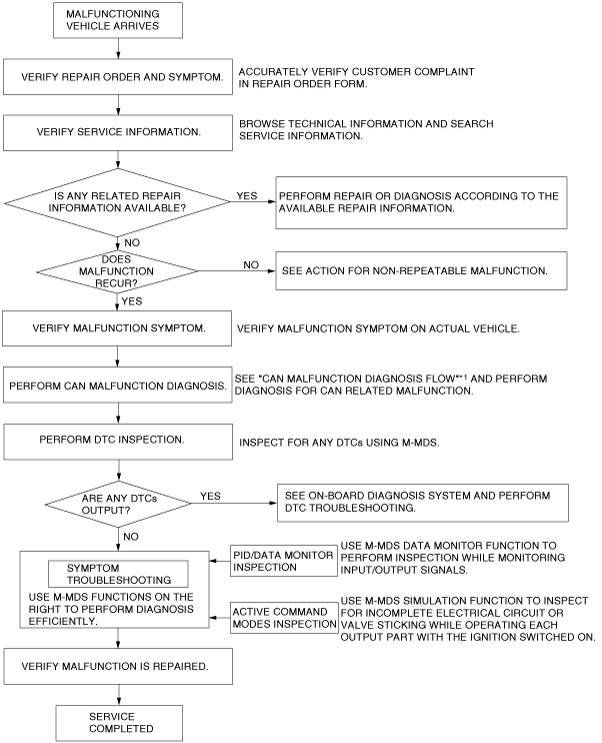• The blind spot monitoring (BSM) is not a substitute for the driver in confirming safety. The driver is responsible for assuring the safety of lane changes and other maneuvers. Do not rely completely on the blind spot monitoring (BSM) and always confirm the safety around the vehicle visually before changing lanes.
• Dirt, ice or snow adhering to the areas near the blind spot monitoring (BSM) control module could obstruct the radar and prevent the system from adequately or completely detecting a target vehicle. Always pay attention to the direction in which the vehicle is traveling and the vehicle’s surroundings.
• Do not block the area around the blind spot monitoring (BSM) control module on the rear bumper with foreign material (such as bumper stickers) so as not to affect the blind spot monitoring (BSM)’s functions.
• Always have the blind spot monitoring (BSM) control module inspected at an Authorized Mazda Dealer if any shock or impact has occurred in the rear bumper area, even that from a minor accident. Otherwise, the blind spot monitoring (BSM) may not operate correctly.
• The blind spot monitoring (BSM) may not operate normally under the following conditions:
-
― Dirt, ice or snow is adhering to the rear bumper surface.
― The vehicle is driven in heavy rain or snowfall, or under conditions where water on the road is sprayed by the vehicle.
― The vehicle accelerates from a standing-start with a target vehicle alongside.
― A target vehicle moves laterally from a lane two lanes over to the adjacent lane.
― The difference in vehicle speed between the vehicle and a target vehicle is higher with the target vehicle passing through the alert area in a very short period.
― On a steep incline, or if there is a difference in height between lanes.
• Although the system may detect objects on the road side such as parked vehicles or guardrails and operate the warning light/beep, it does not indicate a malfunction.
• The blind spot monitoring (BSM) control module may not detect all types of vehicles. In particular, detection of the following types of vehicles may not occur:
-
― A vehicle driving at a low speed
― Small vehicles such as motorcycles
― Vehicles with body shapes that may not reflect radar such as unloaded trailers
― Vehicles with lower body height
• On a road with a narrower lane width, the system could detect vehicles on a lane next to the adjacent lane and cause the warning light/beep to operate. On a road with a wider lane width, the system may not detect vehicles on the adjacent lane and may not operate the warning light/beep.
